Buy this digital art artwork Inkpot Utrecht by Stedenkunst as a reproduction on canvas, ArtFrame, poster and wallpaper, printed on demand in high quality.
About "Inkpot Utrecht"
by Stedenkunst
About the artwork
De Inktpot is a remarkable and iconic building in Utrecht, known not only for its imposing appearance, but also for its rich history and unique architecture. Here is a brief history of the Inkpot:
Construction of the Inktpot began in 1918 and lasted until 1921. It was designed by Dutch architect Dr George Willem van Heukelom, commissioned by the Dutch Railways (NS). The original purpose of the building was to serve as headquarters for the NS.
The name "Inktpot" comes from the building's distinctive shape, which resembles an old-fashioned inkwell. With its massive size and characteristic appearance, the Inkpot soon became a recognisable symbol of Utrecht.
The building is an example of the New Objectivity style, an architectural movement known for its clean lines, functional forms and emphasis on efficiency. The Inkpot reflects these principles with its simple yet powerful design.
Over the years, the Inkpot has had several functions besides serving as the NS headquarters. During World War II, the building was used by the German occupiers, and after the war it was reoccupied by the NS.
Today, the Inkpot houses several companies and organisations, and remains one of Utrecht's most recognisable and beloved buildings. With its historical significance and striking appearance, the Inkpot remains a symbol of the city and a popular landmark for residents and visitors alike.
The history of the Inkpot reflects not only the evolution of Utrecht as a city, but also the developments in architecture and urban planning in the Netherlands during the 20th century. It remains a fascinating and intriguing part of Utrecht's urban landscape, and a source of inspiration for many.

About Stedenkunst
I love sharing my city art you guys!.. Read more…
 Netherlands
Netherlands Ordered in October 2019
Ordered in October 2019
 Germany
Germany Ordered in August 2020
Ordered in August 2020
 Netherlands
Netherlands Ordered in June 2019
Ordered in June 2019
 Netherlands
Netherlands Ordered in May 2020
Ordered in May 2020
 Germany
Germany Ordered in April 2019
Ordered in April 2019
 Germany
Germany Ordered in March 2024
Ordered in March 2024
 Germany
Germany Ordered in February 2021
Ordered in February 2021
 Netherlands
Netherlands Ordered in May 2021
Ordered in May 2021
 Netherlands
Netherlands Ordered in June 2025
Ordered in June 2025
 Germany
Germany Ordered in July 2021
Ordered in July 2021
 Netherlands
Netherlands Ordered in March 2024
Ordered in March 2024
 Germany
Germany Ordered in January 2022
Ordered in January 2022
About the material
ArtFrame™
Interchangeable Art Prints
- High-quality print
- Easily interchangeable
- Acoustic function
- Large sizes available
Discover the artworks of Stedenkunst
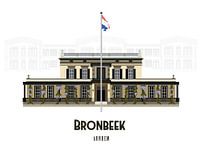 Bronbeek ArnhemStedenkunst
Bronbeek ArnhemStedenkunst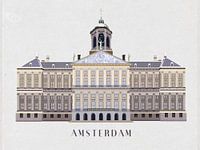 Palace on Dam SquareStedenkunst
Palace on Dam SquareStedenkunst Cube houses RotterdamStedenkunst
Cube houses RotterdamStedenkunst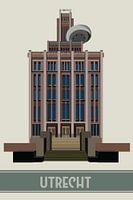 Inkpot UtrechtStedenkunst
Inkpot UtrechtStedenkunst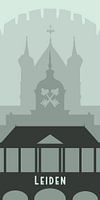 Leiden Key CityStedenkunst
Leiden Key CityStedenkunst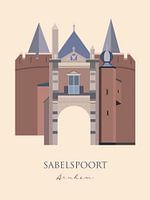 Sabelspoort ArnhemStedenkunst
Sabelspoort ArnhemStedenkunst Nijmegen KronenburgerparkStedenkunst
Nijmegen KronenburgerparkStedenkunst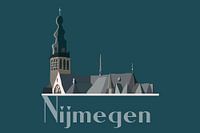 St Stephen's ChurchStedenkunst
St Stephen's ChurchStedenkunst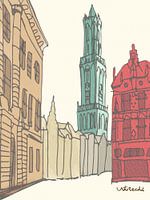 Utrecht WatercolourStedenkunst
Utrecht WatercolourStedenkunst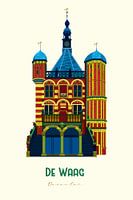 De Waag DeventerStedenkunst
De Waag DeventerStedenkunst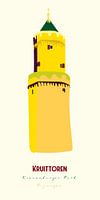 KruittorenStedenkunst
KruittorenStedenkunst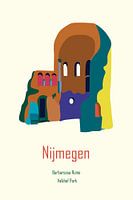 Valkhof chapel NijmegenStedenkunst
Valkhof chapel NijmegenStedenkunst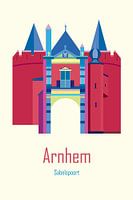 Sabelspoort ArnhemStedenkunst
Sabelspoort ArnhemStedenkunst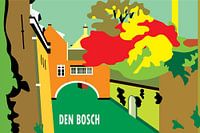 Den BoschStedenkunst
Den BoschStedenkunst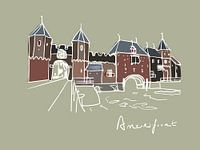 AmersfoortStedenkunst
AmersfoortStedenkunst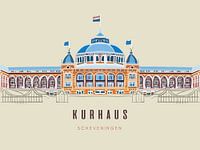 KurhausStedenkunst
KurhausStedenkunst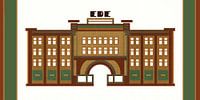 EdeStedenkunst
EdeStedenkunst Pisa ItaliaStedenkunst
Pisa ItaliaStedenkunst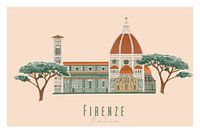 Firenze ItaliaStedenkunst
Firenze ItaliaStedenkunst Paris SpringStedenkunst
Paris SpringStedenkunst
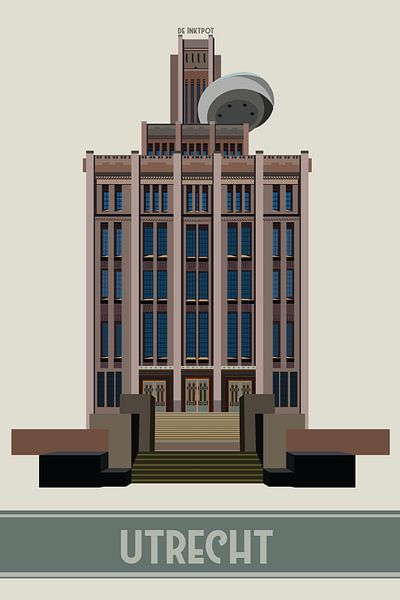
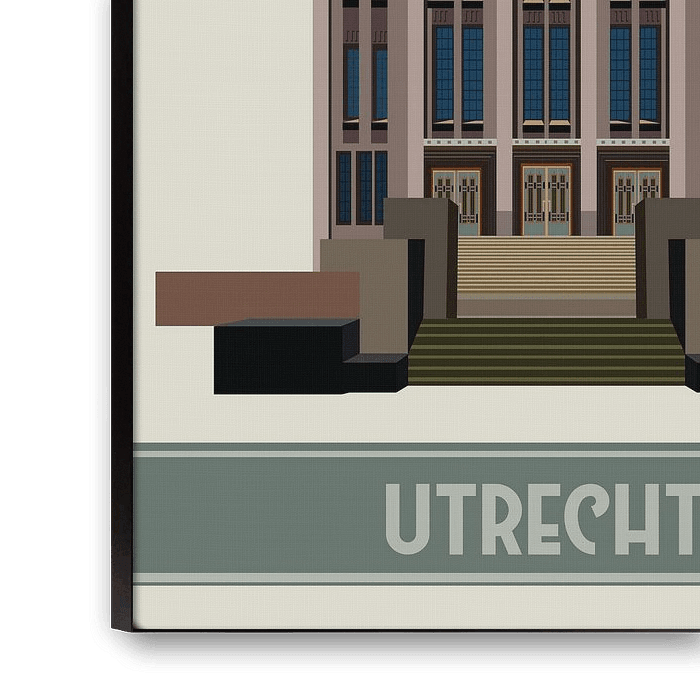

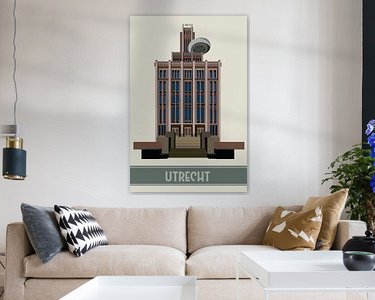


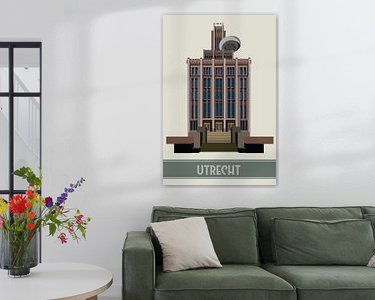

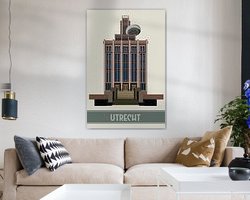

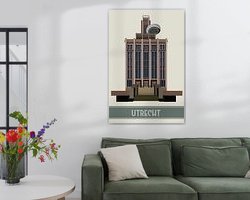

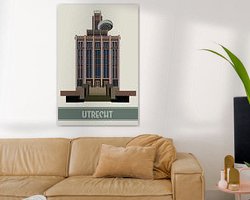
 Architecture
Architecture Digital art
Digital art Powerful Expression
Powerful Expression Skyline
Skyline Towns
Towns Utrecht
Utrecht









